For midwives considering expanding their financial portfolio, buying an investment property presents a valuable opportunity to build long-term wealth. Understanding the various investment loan options available through banks and lenders across Australia is crucial when making this significant financial decision.
Understanding Investment Loan Basics
An investment property loan differs from a standard home loan in several key ways. When you're buying a rental property, lenders typically require a higher deposit and charge slightly higher interest rates compared to owner-occupier loans. The loan to value ratio (LVR) for investment properties usually caps at 80-90%, meaning you'll need a deposit of at least 10-20% of the property's value.
If your deposit is less than 20%, you'll likely need to pay lenders mortgage insurance (LMI), which protects the lender if you default on the loan. This additional cost should factor into your property investment strategy calculations.
Types of Investment Properties
When researching property options, you'll encounter various dwelling types:
• Apartments: Often require lower initial investment but may have higher strata fees
• Townhouses: Balance between apartment and house features, typically offering moderate maintenance responsibilities
• Stand alone dwellings: Usually command higher rental yields but require more maintenance
Each property type offers different rental yield potential and suits different investment goals within your property investment portfolio.
Comparing Interest Rate Options
Investment loan interest rates come in two primary forms:
Variable Interest Rates: These fluctuate with market conditions and Reserve Bank decisions. While they can increase, they may also decrease, potentially offering savings when rates fall.
Fixed Interest Rates: Provide certainty for a specified period, typically 1-5 years. This stability helps with calculating investment loan repayments and budgeting for your rental property loan.
Many Finance & Mortgage Brokers can access interest rate discounts through their relationships with multiple lenders, potentially securing more favourable terms than approaching banks directly.
Key Investment Loan Features to Compare
When evaluating investment loan options, consider these essential features:
- Interest rate type and level
- Loan amount limits and borrowing capacity
- Offset account availability
- Redraw facilities
- Interest-only payment options
- Annual and ongoing fees
Interest-only payments are particularly relevant for investment properties, as they can improve cash flow and support negative gearing strategies where rental income doesn't cover all property expenses.
The Application Process
Applying for an investment loan requires thorough preparation. The investment loan application typically requires:
• Recent bank statements (usually 3-6 months)
• Income verification through payslips or employment contracts
• Tax returns from previous years
• Details of existing debts and assets
• Property research documentation
• Rental assessment for the intended investment property
A streamlined application process becomes possible when working with experienced Finance & Mortgage Brokers who understand lender requirements and can guide you through each step.
Understanding Negative Gearing and Tax Implications
Negative gearing occurs when your rental property expenses exceed rental income. While this creates a loss, it can provide tax benefits by reducing your overall taxable income. This strategy is particularly relevant for midwives in higher tax brackets.
However, negative gearing should be part of a broader property investment strategy that considers:
• Long-term capital growth potential
• Rental yield sustainability
• Your personal financial situation
• Market conditions in your chosen area
Additional Costs to Consider
Beyond the loan amount, factor these expenses into your investment calculations:
• Stamp duty (varies by state and property value)
• Legal and conveyancing fees
• Building and pest inspections
• Property management fees if using an agent
• Insurance premiums
• Council rates and strata fees
• Ongoing maintenance and repairs
Making Your First Investment Property Decision
For your first investment property, start with thorough research of the property market in your target areas. Consider factors like:
• Proximity to hospitals and healthcare facilities (relevant for midwife tenants)
• Transport links
• School zones
• Future development plans
• Historical price growth
Working with knowledgeable Finance & Mortgage Brokers provides access to investment loan options from multiple lenders, enabling comprehensive comparison of terms, rates, and features suited to your circumstances.
Building a successful investment property portfolio requires careful planning, appropriate financing, and ongoing management. The right investment property loan can provide the foundation for long-term wealth creation while supporting your professional career as a midwife.
Call one of our team or book an appointment at a time that works for you to discuss your investment loan options and find the right solution for your property investment goals.



